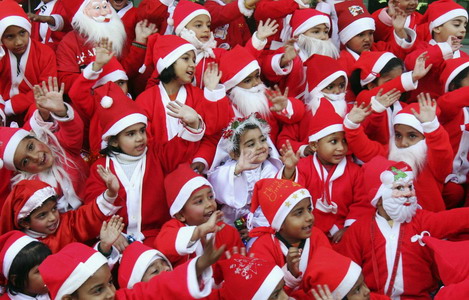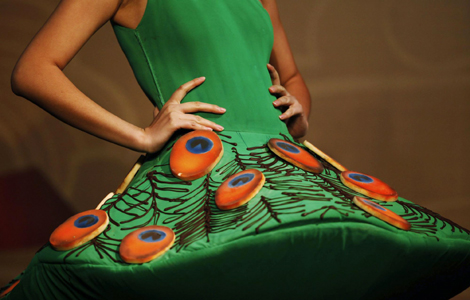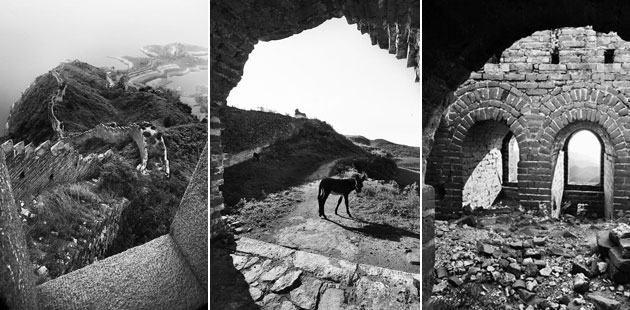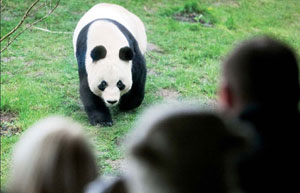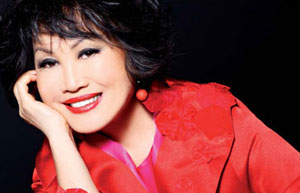Why grand cru deserves great ado
Updated: 2011-12-24 07:45
By Stephen Quinn (China Daily)
|
|||||||||
Wines from Alsace in eastern France are not well known in China, and that is a pity because white wines from this region pair superbly with a wide range of Chinese food.
Schlumberger is one of the best producers in Alsace. The vineyard, in the village of Guebwiller, has light sandy soil - the result of the erosion of the pink sandstone in the region. The climate is so good that it is known as the "valley of flowers".
Schlumberger focuses on white grape varieties, mainly riesling, pinot gris and gewurtztraminer. The family has the largest area of grand cru vineyards in the region.
The vineyard has an entry level of wines as well as grand cru. What makes these wines such a bargain is the high proportion of grand cru fruit in them. The grapes come from younger grand cru vines - sometimes up to 40 percent.
These wines are known as the Les Princes Abbes range. In 728, Saint Pirmin founded Murbach Abbey in Guebwiller. The abbey's Benedictine monks made wine in the region for 1,000 years.
In 1298, Emperor Frederic II gave the head of the abbey the title of Prince Abbot, which later became known as Prince Abbe. Because the "Princes Abbes" took care of the vineyard for such a long time, the Schlumberger family decided to pay tribute to them in naming the range "Princes Abbes".
These wines are delightful when young and go well with spicy Chinese dishes. My favorite was the 2007 riesling. It had a powerful combination of zingy acids and luscious fruit. This wine retails for about $15 in Hong Kong and is a bargain.
The abbots lost their power during the French Revolution that started in 1789. In 1810, Nicolas Schlumberger bought the vineyard and about 20 hectares of vines. His grandson Ernest Schlumberger (1885-1954) enlarged the vineyard to 110 hectares, and over time it has grown to its current size of 140 hectares. Half of those 140 hectares are classified as grand cru and consist of four "terroirs": Kitterle, Kessler, Saering and Spiegel.
CEO Alain Beydon-Schlumberger, grandson of Ernest, is the sixth generation of his family to make wine in the valley. He said yields were kept low to concentrate fruit flavors. It shows in the grand cru wines. Two-thirds of all production is exported.
The 2007 Saering grand cru riesling is a wonderful wine that will cellar for at least two decades but is approachable now. It exhibits classic Alsace characteristics: a combination of austerity and minerality - a result of the region's limestone - plus a lusciousness in the mouth.
The flavors linger in one's mouth like a fond memory of childhood. I could drink this wine on its own, but it would be superb with fresh oysters. It retails for about $27 in Hong Kong.
In a recent Decanter tasting of 112 Alsatian rieslings, this wine came in at the top and received one of the few gold medals. Decanter gave it 19 out of 20. It is a wine I would love to meet again in 20 years.
Also excellent was the 2007 Spiegel pinot gris grand cru. It smelled of candied fruit, quince and apples, and those aromas carried through in the mouth. The wine's slight smokiness means it would match well with Peking duck. Alain Beydon-Schlumberger suggested it should be served with pan-fried foie gras with mirabelle plums. I would be most content with either combination. The wine sells for about $28 in Hong Kong.
The highlight of the Altaya-provided tasting I attended was the 2001 late-harvest pinot gris. These wines are the rarest from the vineyard and are only produced in exceptional years.
The taste lingered in my mouth like the memory of the first time I saw the Mona Lisa's smile in the Louvre museum in Paris. The flavors danced on my palate, a perfect balance of fruit and acidity, and I can still taste the ripe pears and candied fruit.


